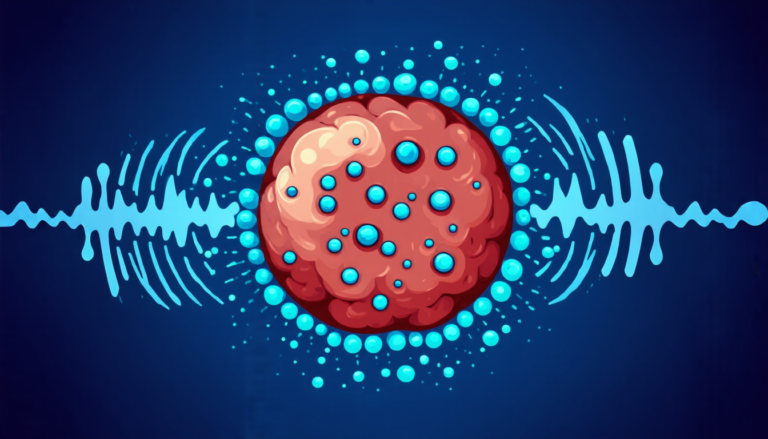Thursday 10 April 2025
A team of mathematicians has made a breakthrough in understanding the intricate patterns that govern the behaviour of quivers, a type of geometric object used to study algebraic varieties.
Quivers are complex systems that consist of vertices and arrows connecting them, similar to a network of roads on a map. They have been a subject of intense research in mathematics for decades, as they can be used to model various phenomena in physics, biology, and computer science.
In their latest work, the mathematicians developed a new method for computing the K-polynomial of a quiver locus, which is a fundamental object in algebraic geometry. The K-polynomial encodes information about the geometry and topology of the quiver locus, such as its dimension, codimension, and topology.
The researchers’ approach relies on a combination of combinatorial techniques and geometric methods. They used lacing diagrams, a type of diagram that represents the arrangement of arrows in a quiver, to construct a new class of pipe dreams, which are sequences of arrow arrangements that satisfy certain conditions.
By analyzing these pipe dreams, the mathematicians were able to derive a formula for the K-polynomial of a quiver locus. The formula is expressed as an alternating sum of products of double Grothendieck polynomials, which are a type of polynomial used in algebraic geometry.
This breakthrough has far-reaching implications for our understanding of quivers and their applications in various fields. For instance, it can help physicists to better understand the behavior of particles in high-energy collisions, biologists to study the interactions between molecules in cells, and computer scientists to develop more efficient algorithms for solving complex problems.
The researchers’ work also sheds light on the connections between algebraic geometry and combinatorics, two areas that have traditionally been separate. Their approach demonstrates the power of combining these two fields to tackle challenging problems in mathematics.
As we continue to explore the properties of quivers and their applications, this breakthrough is likely to have a significant impact on our understanding of complex systems and the development of new technologies.
Cite this article: “Unlocking the Secrets of Quiver Polynomials: A New Formula for Type A Loci”, The Science Archive, 2025.
Quivers, Algebraic Geometry, Combinatorics, Pipe Dreams, K-Polynomial, Geometric Object, Lacing Diagrams, Double Grothendieck Polynomials, High-Energy Collisions, Complex Systems







